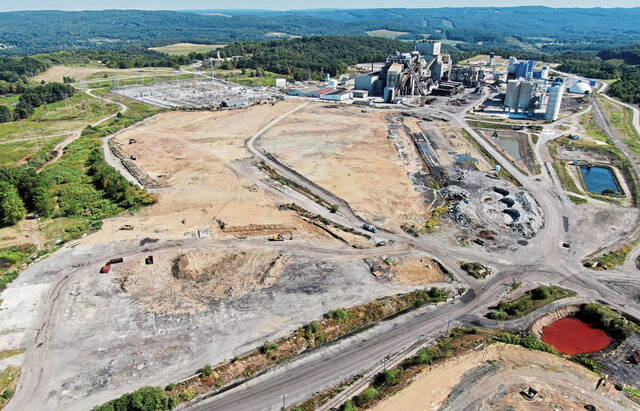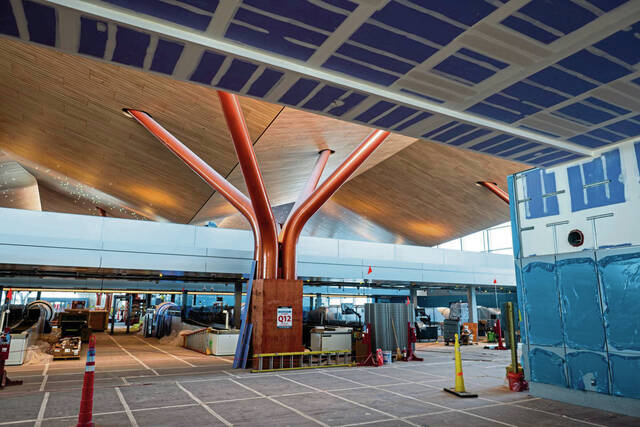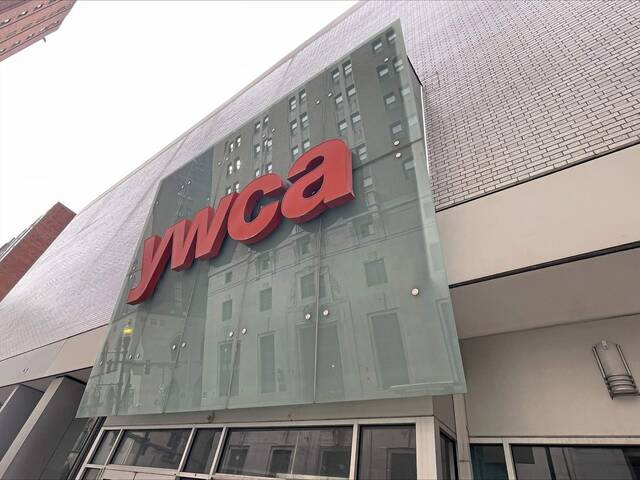There’s no doubt that Pennsylvania will have to up its game to meet the massive increase in electricity generation required to power the artificial intelligence (AI) revolution now a full step in the front door.
How best to do that, however, remains the paramount question, says Frank Gamrat, executive director of the Allegheny Institute for Public Policy.
“But time is running out as the demand for artificial intelligence in computing is growing rapidly,” he stresses.
Electricity generation nationwide and in Pennsylvania has been on the uptick, with the national gains outstripping those of the commonwealth. But the gains might not be coming at a fast-enough pace, Gamrat says.
“(N)ew data centers are being built that would consume anywhere from 100 to 1,000 megawatts of energy — roughly the equivalent of 80,000 to 800,000 homes,” the think tank scholar has noted in the past. And many more data centers are in the planning stages.
“This steep increase in demand will be a challenge,” Gamrat says. “As these data centers proliferate across the state and country, it will take all sources of electricity generation to make them work.”
But there are many questions surrounding the ability to accommodate more and more centers.
“The first regards the grid itself. Can it handle these large data centers’ demand and can it handle any new generation facilities that come online?” the Ph.D. economist asks.
And will any strain on the grid because of these data centers affect existing customers, not just the reliability of demand, but in the cost of energy?
“Large increases in demand will cause market prices to rise, assuming the supply remains constant or doesn’t keep up,” Gamrat says, reminding that prior research shows how it’s quicker to build a data center than it is to build a generating facility and get it connected to the grid to meet that demand.
“A simple solution is to allow the data center operators to build their own energy-generating facilities behind the meter, also known as the bring-your-own-power model, which keeps the data centers off the grid,” he says.
While this makes sense on the surface, Gamrat reminds that any such move would require the permission of the Pennsylvania Public Utility Commission as well as the Federal Energy Regulatory Commission. Both held technical conferences on the topic last November.
While noting the issues and possibilities of so-called behind-the-meter generation will pose, both technical conferences explored the option and recognize it may be the best solution to power these large data centers.
“What they decide still hasn’t been settled,” Gamrat notes.
But what is abundantly apparent is how both industries — electricity generation and artificial intelligence — have been taking the lead to address the challenge.
To spotlight two such efforts:
The investor group Homer City Development is building a seven-turbine electricity generating plant on the site of the old coal-fired Homer City Generating Station in Indiana County that will become a $10 billion natural gas-powered data center campus. Once completed, it will become the nation’s third-largest electricity generating facility in the United States.
And near Middletown, Constellation Energy will reopen the Three Mile Island nuclear power plant to power Microsoft data centers, responsible for AI and cloud computing programs.







